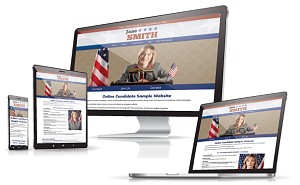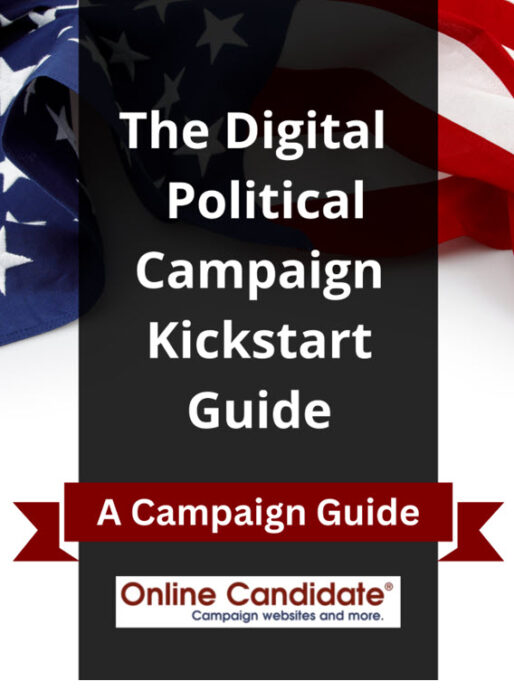Political Campaign Tips and Strategies
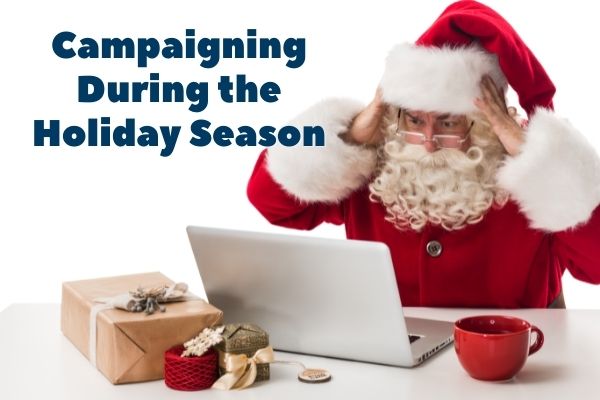
Holiday Political Campaigning in December: What Candidates Should Avoid
This message came to several of our business email accounts on early December morning: I'm Running for Congress My name is [REDACTED], and I'm running to be the next US Congressman for [REDACTED] Congressional District. And the email went on for another 400 words...
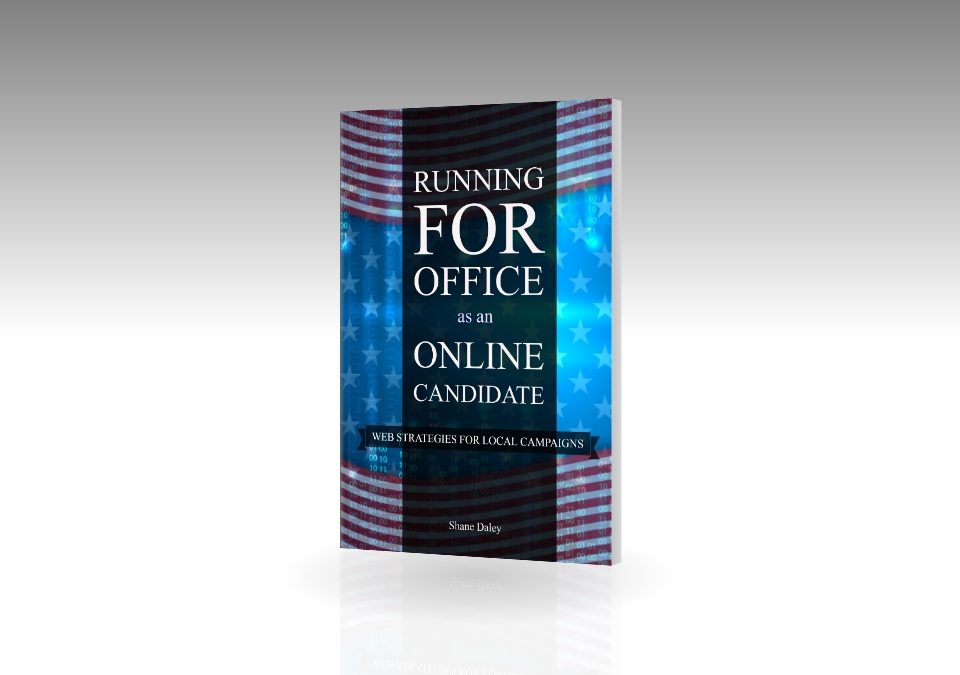
2026: Running for Office as an Online Candidate – The Book
Running for Office as an Online Candidate: Web Strategies for Local Campaigns, is available in both paperback and Kindle on Amazon.com. The book is packed with useful strategies and provides a blueprint for digital political campaigns. Key Topics Covered: Crafting...
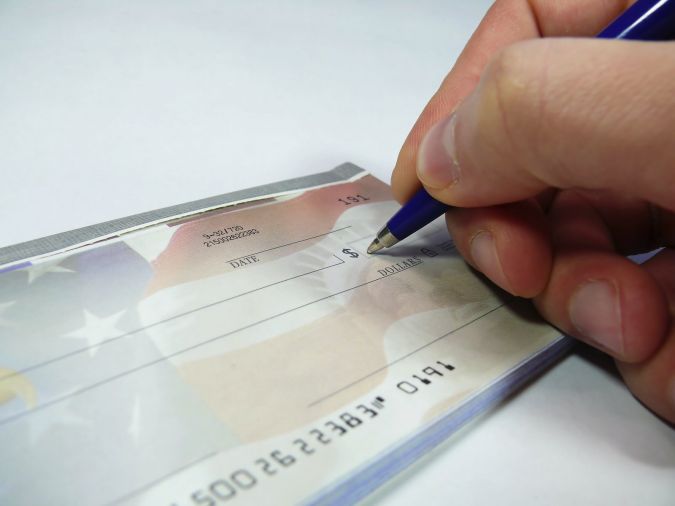
How Much Should Your Political Campaign Budget For Digital?
Digital campaigning has changed dramatically in the last decade, and so has the amount campaigns are expected to invest online. Back in 2018, political digital spending reached $1.9 billion — almost 20% of all political ad spending at the time, according to Borrell...
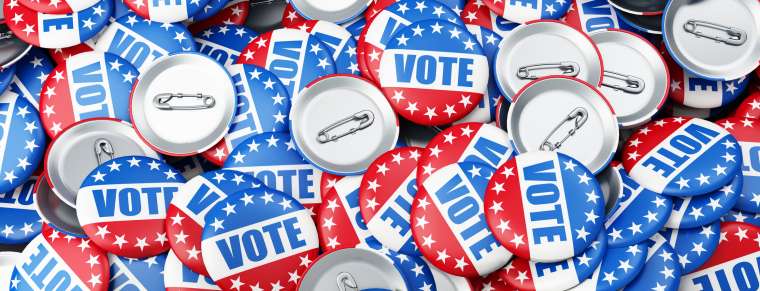
What To Know About Starting A Political Campaign
Starting a political campaign, whether for federal, state, or local office, requires a clear strategy and disciplined execution. Every winning campaign starts with a roadmap, a plan that aligns your goals, message, and resources. You need to understand your values,...

Winning Local Elections Is About Getting Voters To Take Action
Many voters do not follow local politics. Often, they don’t even know when local elections occur. But many would support you as a candidate if they knew more about you and the issues you stand for.
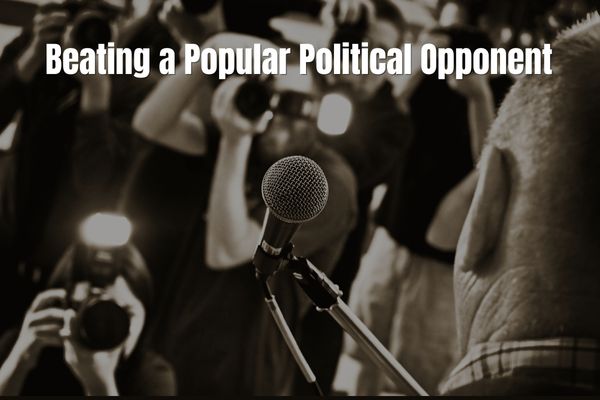
How to Beat an Incumbent Candidate: Campaign Strategies That Work
Are you about to challenge a popular candidate for office? If so, there's a good chance that you don't have much government experience, influential connections, or money. This can make facing off against an experienced, well-known, and well-financed incumbent even...

Don’t Let Weak Copy Undercut Your Political Campaign
When you're running for local office, it’s easy to think that words are the easy part. After all, you already know your values, your community, and what you stand for. Why not just write it yourself? But here’s the truth: the words on your campaign website, print...
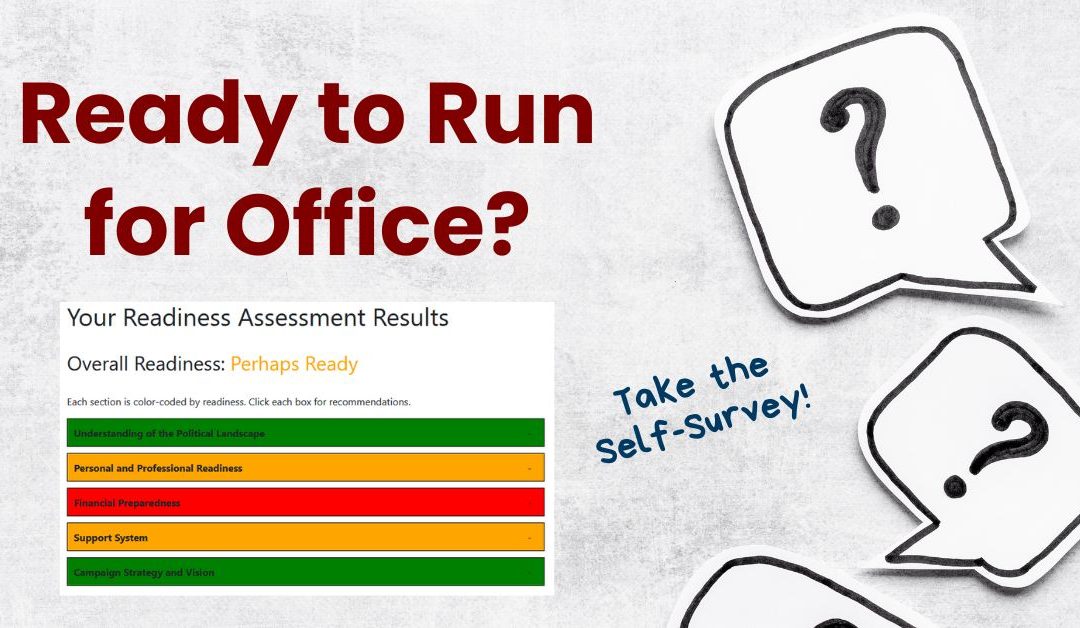
Are You Ready for a Political Campaign? Take the Survey and Find Out!
We're excited to introduce our latest tool: "Ready to Run for Office? Self-Assessment Survey." This tool is for aspiring politicians and campaign trailblazers. It's here to help you assess if you are ready to launch and run a successful political campaign. This...

Sample Follow-Up Political Fundraising Letter
Not everyone donates to your political campaign the first time you ask—and that’s normal. Many supporters will see your first fundraising email or letter and intend to donate, but they get distracted, busy, or wait for a better time. A well-timed follow-up gives them...

Sample High-Dollar Donor Fundraising Letter (With Tips to Personalize Your Ask)
Some donors can make a big difference with a single contribution, and when you're running a political campaign, you need to know how to ask. A high-dollar donor fundraising letter is different from a general appeal. It's more personal, more focused, and written with...

